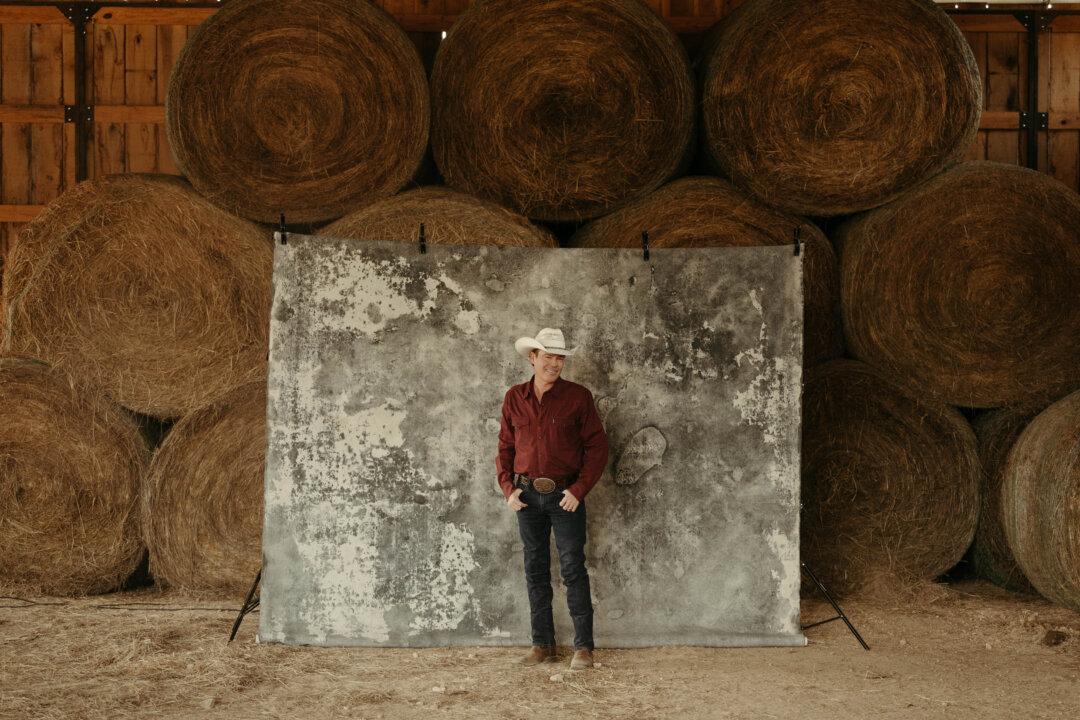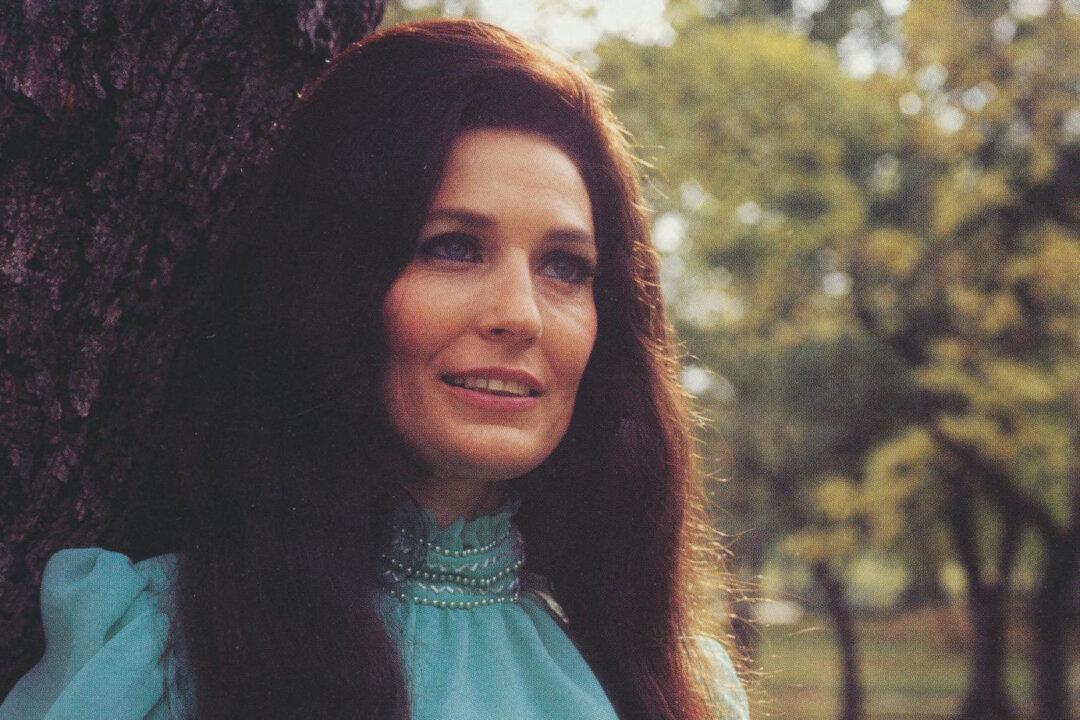In March 2025, country trio The Gatlin Brothers kicked off their 70th-anniversary tour. Just before they hit the road, frontman Larry Gatlin traveled to Nashville, Tennessee, where he made an appearance at The Listening Room music venue. He performed for an audience of professionals in town for the yearly Country Radio Seminar. During the set, he regaled audience members with stories about the inspiration behind his group’s top hits.
One of their signature chart-toppers, “All the Gold in California,” has a unique origin story that can be traced all the way back to Odessa, Texas in 1965. That’s when Larry’s English teacher gave him a copy of the classic John Steinbeck novel “The Grapes of Wrath,” and the story would serve as unexpected inspiration years later.
While telling the tale, Gatlin admitted that “All the Gold in California” went on to become “the most important three minutes” of his professional music career.

A Teacher’s Enduring Influence
While chatting with one of his favorite Odessa High School teachers, Ms. Jones, Gatlin didn’t understand why she was assigning him to read Steinbeck’s seminal novel. He was doing well in the class, and Ms. Jones said his reading and subsequent essay would count as extra credit. Despite not technically needing to complete the assignment for a good grade, he read the novel after she urged him to familiarize himself with the book’s message. Arkansas Newspaper White County Citizen covered his recent performance at The Listening Room and reported that Gatlin told the audience, “she used the word ‘need’—‘You need to read this book, you need to do it.’ So I did. I made an A.”
Gatlin was the quarterback for his high school football team. There’s nothing like Texas football, especially in Odessa. With football and dreams of becoming a touring musician on his mind, Gatlin quickly moved on from the story of the novel’s leading family, the Joads, once his assignment was completed.
Traffic Jam Inspiration
“The Grapes of Wrath” is set during the Great Depression and highlights the struggles faced by farming families like the Joads. Poor agricultural conditions and unprecedented economic hardship caused many to head to California, where a better life supposedly awaited them. However, when they arrived, they often realized life out west wasn’t much better than life in the Midwest, which was being ravaged by the Dust Bowl.
Gatlin described why he suddenly remembered the Joads’ fictional journey to California one day while trying to get to a meeting at Warner Brothers Records.
“I was stuck in [a] traffic jam … right in front of the Hollywood Bowl in LA on Sunset Boulevard … [and] right in front of me ... was a 1958 Mercury station wagon with Oklahoma license plates—the kids hanging out the windows, there were pots and pans and all that stuff.”

The family reminded him of the Joads, and the struggle they faced when they uprooted their life in America’s heartland to relocate to the Golden State. With nowhere to go, he pondered the fate of the family idling in front of him. Were they in California for a fresh start? Fame? Fortune?
In true songwriter fashion, he was specific with the audience when he told them what he used to jot down the song’s opening line in the car: a “Palomino Blackwing 602 pencil.” He then bantered with the audience, saying, “they’re magic, they’re mystical.”
He began scribbling out the line, “All the gold in California is in a bank in the middle of Beverly Hills/ In somebody else’s name.” But before he could finish, traffic suddenly cleared, and his stand-in for the Joad family “moved off into the sunset and I went to my meeting.”
Later that day, after his meeting ended, he finished the lyrics.
From Three Minutes to 70 Years
Included on The Gatlin Brothers’ 1979 album “Straight Ahead,” “All the Gold in California” would go on to become a No. 1 hit.
The song that Gatlin described as “the most important three minutes” sparked a country music career spanning more than 50 years in the business. Consisting of three siblings, Larry, Steve, and Rudy, The Gatlin Brothers have amassed several number one singles while pioneering the polished, pop-and-gospel-tinged style referred to as “Countrypolitan.” They’ve also won a Grammy Award for Best Country Song and have received multiple Academy of Country Music Awards, including wins for Album of the Year and Single of the Year.
The brothers have a close bond, and they grew up singing together. Their current tour celebrating a lifetime of playing music kicked off on March 8 at a show in Abilene, Texas, their hometown. The date marked the exact day 70 years ago when the brothers made their shared music dreams official and began performing together publicly as a group. In 1955, Larry was a wide-eyed 6-year-old and Steve and Rudy were just 4 and 2.

The Show Goes On
While chatting with Nashville newspaper The Tennessean, Gatlin shared how much “All the Gold in California” means to him on a personal level: “The song has been awfully good to me and to my family.”“For the last 70 years, I have been greatly blessed and highly favored to make music with my two best friends. … It’s been a great run and it ain’t over, boys. See y’all at sound check.”







